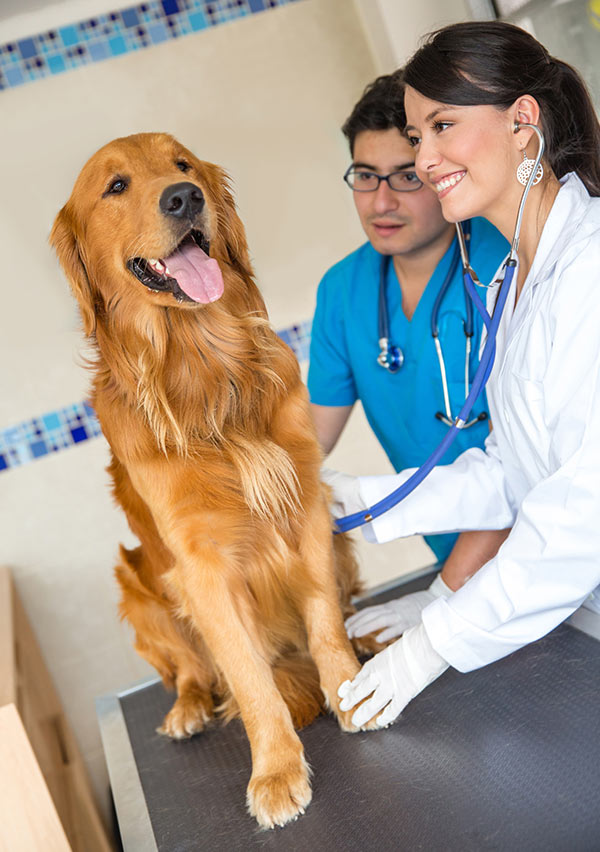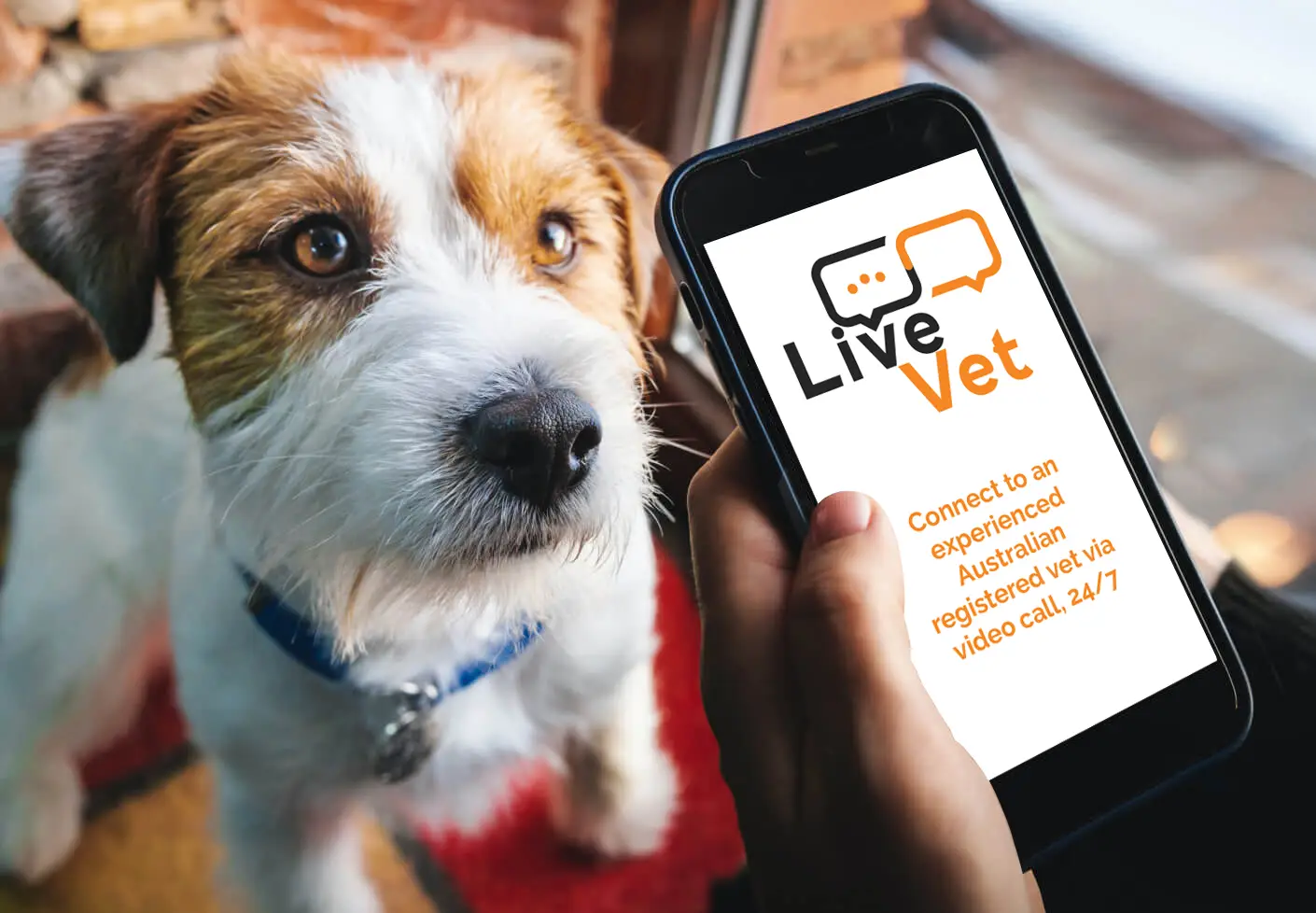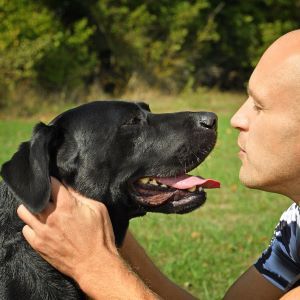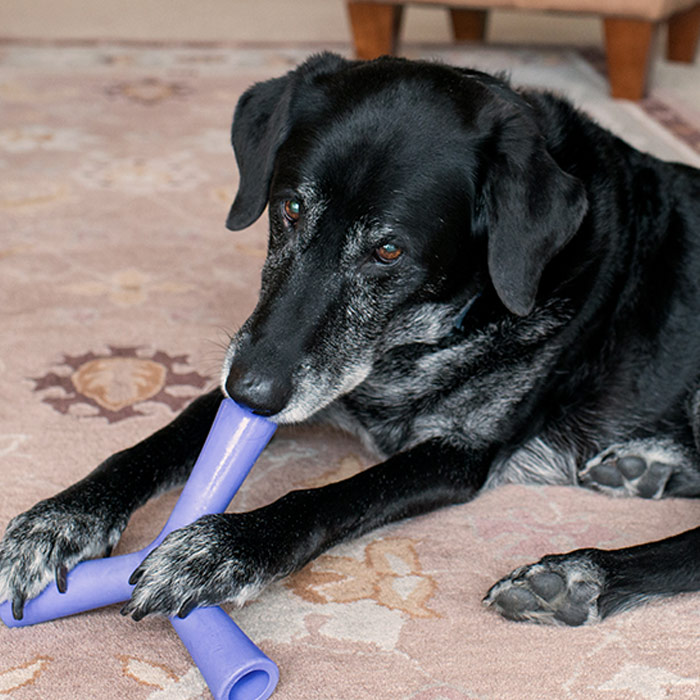Dew Claws on dogs: Clipping vs keeping them
You may have noticed your dog’s little toe that sits a bit higher up the leg, away from the bed of its paws. In some dogs, they are tightly attached, in other dogs they only seem loosely attached to the leg. These are your dog’s dew claws.
 You may have found this article because you are considering removing your dog’s dew claws. This article will help you understand what dew claws are, explore their function and which different types of dew claws there are. We discuss the pros and cons of surgical removal as well as the implications and costs of such a procedure.
You may have found this article because you are considering removing your dog’s dew claws. This article will help you understand what dew claws are, explore their function and which different types of dew claws there are. We discuss the pros and cons of surgical removal as well as the implications and costs of such a procedure.
What are dew claws?
Dew claws are short nails on the site of the foot that don’t touch the ground. They are often referred to as a dog’s thumb, but they have a lot less purpose and value to a dog than a human’s thumb does.
From an evolutionary perspective, it has been discovered that, around 40 million years ago, the cat-like animal miacis – a very early ancestor of modern dogs – needed all five toes for climbing trees. However, since then dogs have evolved and the physiology of their paws changed to allow for more speed when hunting on the ground. Dew claws are basically leftovers of the canine evolutionary process.
The majority of dogs have dew claws only on their front paws, however some dogs exhibit dew claws on their hind feet, e.g. Newfoundlands. And in some cases dogs even have an extra toe which is often referred to as a double dew claw, or polydactyl (meaning “extra toe”) and is commonly found in breeds like the Briard, St Bernard and Great Pyrenees.
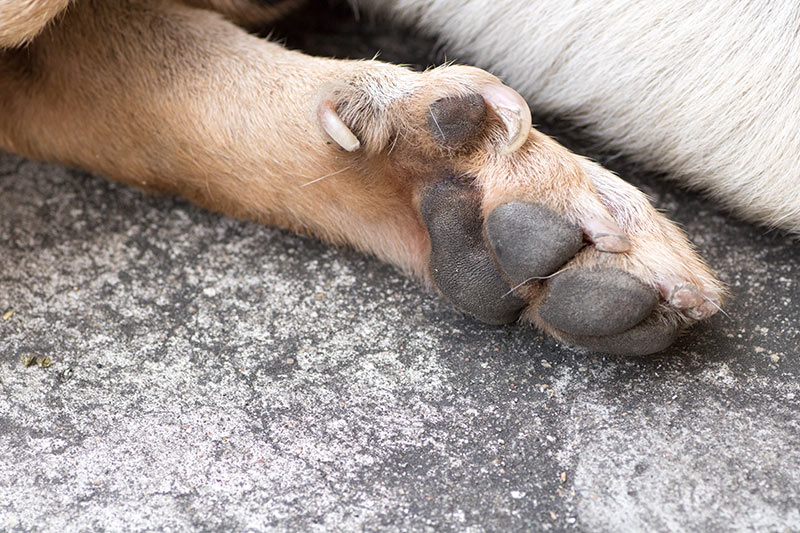
Double dew claw on a dog
The risk of dew claw injury
In some dogs the dew claws are held tightly against the paw, in others they can be quite loose and floppy. These looser type of dew claws can cause a bit of worry for dog owners, as there is a risk of serious injury occuring. They can, for example, get torn off when the nail catches on something, as the dog runs through bush or over rough terrain. Some dog sports also pose a level of risk for dew claw injuries, e.g. agility and flyball.
If a dew claw is injured, you will often find that the animal may limp and cry out when you touch its leg. If the claw gets caught and torn off, expect there to be a lot of bleeding. This is because dogs’ nails have quicks (the soft tender flesh below the growing part of the nail), which have their own blood supply.
If your dog has injured its dew claws, it is best to take it to the vet. If it is torn but still connected to the leg, then the vet will probably cut it off completely. If it is broken, the broken part of the nail will be trimmed off. A bandage will be applied for a few days if there is a lot of bleeding or the nail has completely come off.
Apart from the bleeding and being painful for the dog, these injuries aren’t too serious. Your vet will very likely give your dog some pain medications and antibiotics if needed to stop infections.
Bow Wow Meow Pet Insurance can help protect you and your dog should an unexpected trip to the vet occur.
- Find out more about our dog insurance options
How to clip your dog’s dew claws
Because they don’t touch the ground, dew claws do not get worn down on walks. Keep an eye on your dog’s dew claws to avoid long toe nails becoming overgrown and growing into the toe pad.
Use scissors or clippers that are especially made to trim your dog’s nails. With dew claws, it is best to separate them a bit from the leg to avoid cutting into the skin. Make sure you don’t cut into the internal nail area, which is called the quick. If the quick is too close to the tip of the nail it is better to wait until the nail is further away from the quick before cutting it.
Our friends from dog training company, Dog Matters, have published an informative (and entertaining) video on how to trim your dog’s toe nails and what you can do to get your dog used to it.
https://www.youtube.com/watch?v=bvNPEkvYrdI
Advantages and disadvantages of dew claw removal
The advantages of removing your dog’s dew claws are:
- Reducing the risk of dew claw injuries;
- Reduction of overgrown dew claws and ingrown nails;
- Like other toe nails, dew claws can get infections. This risk will be reduced.
The disadvantages of removing your dog’s dew claws are:
- The standard risks that come with a general anaesthetic;
- Removing your dog’s dew claws is an amputation and at the end of the day, a surgery that may not be medically necessary;
- Losing the functionality of the dew claws. Many groomers, vets and dog owners have seen their dogs use their dew claws, for example, as thumbs when rubbing their eyes or to assist with gripping things;
- Cutting off your dog’s dew claw means that some major muscle bundles will become atrophied because the muscle won’t be used adequately anymore. This can lead to other biological conditions such as arthritis. Especially for some dog sports the biological impacts should be considered.
When is dew claw removal recommended?
In countries like the USA, removing a dog’s dew claws is quite a common procedure and is even done preventatively at puppy age. The dew claws are frequently removed by breeders when the animal is only a few days old and the digit has not yet attached to bone or muscle tissue.
The Australian Veterinary Association (AVA) however, has a more conservative view on dew claw removal, which it does not promote unless required because of a legitimate medical reason. It is seen as surgical alteration to the natural state of an animal, which is acceptable only if it is necessary for the health and welfare of the animal concerned.
In practice, Australian vets tend to recommend removing a dog’s dew claws if they hang loosely off the paw and provide a risk for injury. This is often recommended to be done when your dog undergoes a standard procedure such as de-sexing, where the animal will be put under general anaesthetic.
The dew claw removal procedure
Step 1: Your dog will be put under general anaesthetic. Ensure that you follow any preparation guidelines your vet gives you, e.g. not to feed your dog anything on the day of the surgery.
Step 2: To prevent infections, the skin around the dew claw will be disinfected.
Step 3: The entire toe will then be removed with surgical scissors cutting quickly through skin, muscle and bone.
Step 4: After the dew claw has been removed, the wound will be stitched up with dissolving or non-dissolving sutures.
Step 5: To protect the wound, its is often covered by a bandage.
Because their bones are still soft, and muscle tissue has not developed that much, dew claw removal is much simpler in young puppies, and is often performed when they are only a few days old.
The surgery itself often takes only 15-30 minutes. Your dog may have to stay at the vet hospital for 2-3 hours and can return home once the anesthetic has worn off.
Dew claw removal aftercare
- If your dog bites or licks their paws, your vet will recommend that is wears an Elizabethan collar.
- The wound should be checked daily for redness, puffiness or if it causes obvious distress to your pet.
- If the sutures are non-dissolving, they need to be removed by your vet after 5 to 7 days.
Dew claw removal costs in Australia
The most expensive part of the procedure is the general anesthetic. For this reason, the procedure is often combined with other surgeries such as de-sexing. The extra amount that you would pay for the actual dew claw removal procedure is usually around AUD $70 or more, depending on your vet and your location.
Bow Wow Meow gives you the option to add on Routine Care (non-insurance benefit), which provides a contribution towards everyday items such as vaccinations and health checks. Learn more about our Routine Care.
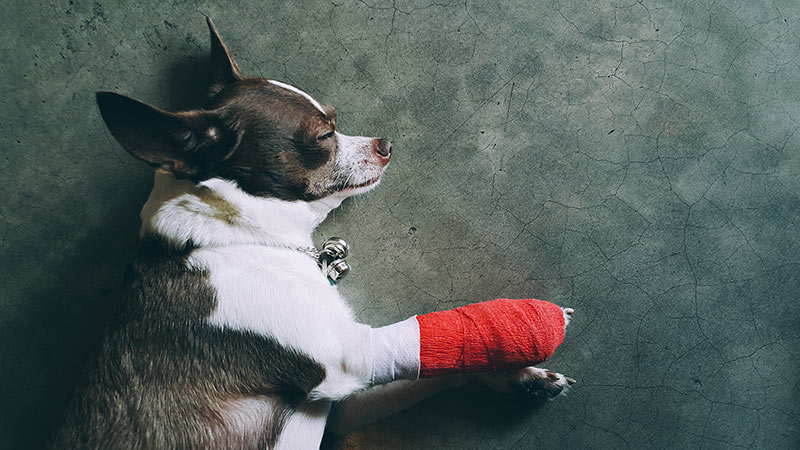
Dog after dew claw removal


